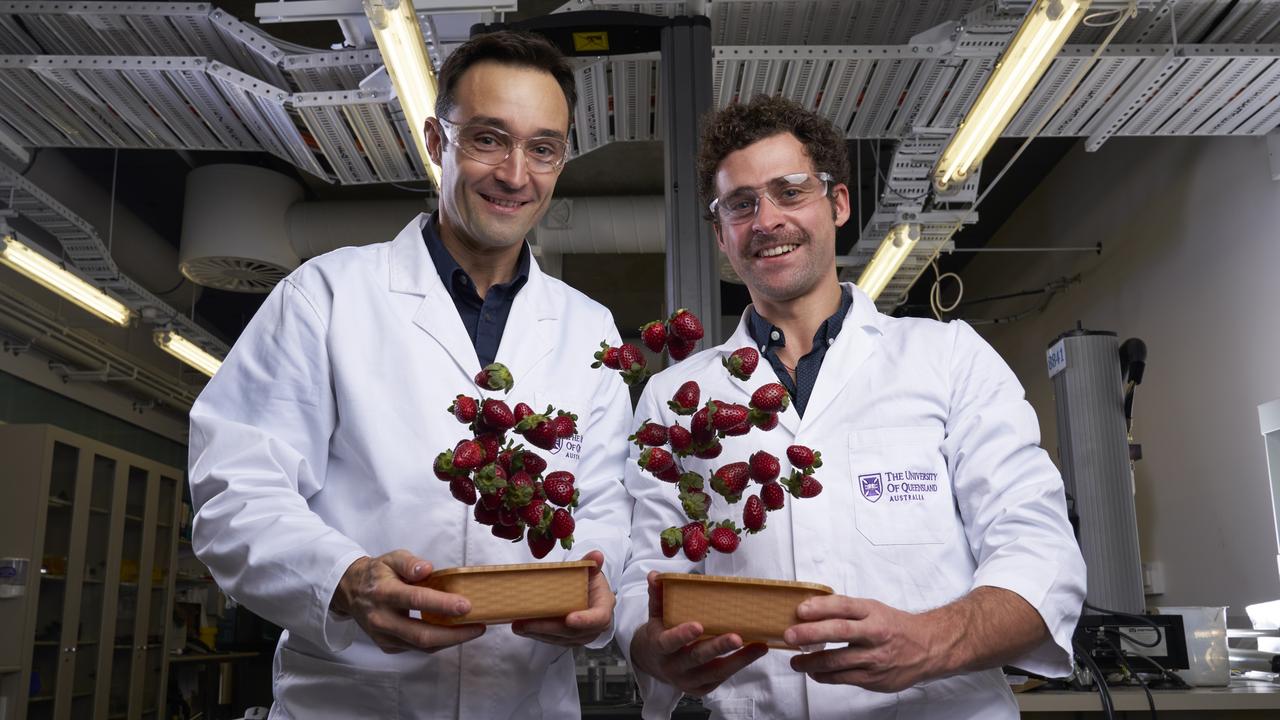Coronavirus: Disease transfer rate a key danger
The world stands on the brink of learning how significant the spread of coronavirus will be outside China.
In the wake of the World Health Organisation’s declaration of novel coronavirus as a global health emergency, the world stands on the brink of learning how significant the spread of the disease will be outside China.
That will largely depend on how efficient the virus turns out to be in human-to-human transmission.
There have been no cases of human-to-human transmission in Australia, and so far only a few around the world. But the virus has been confirmed to have spread in Germany from a carrier who had yet to display any symptoms, confirming China’s pronouncement that the virus was being spread by asymptomatic hosts — an alarming development.
Coronaviruses are common in human populations, with four strains causing illness including the common cold. Animals carry a much larger number of coronaviruses and, prior to the emergence of the novel coronavirus, only two additional strains of coronavirus had caused outbreaks of severe respiratory disease around the world — severe acute respiratory syndrome and Middle East respiratory syndrome.
Both SARS and MERS crossed into humans from bats via an intermediary host, civet cats in the case of SARS and camels in the case of MERS.
The novel coronavirus is also extremely likely to have emanated from bats, probably also via an intermediary host. That is why a market selling live animals created a disease risk.
The novel coronavirus has so far not proved as deadly as SARS. Scientists have estimated it has about a 3 per cent fatality rate, but a higher fatality rate, near 15 per cent, among those hospitalised in Wuhan.
Symptoms of the virus include fever, shortness of breath and lower respiratory illness, commonly pneumonia. Less common symptoms include muscle ache, confusion and headache. The disease has proven fatal in patients when the lungs stop functioning entirely.
Raina MacIntyre, head of the Biosecurity Research Program at the University of NSW’s Kirby Institute, said the next few weeks would prove crucial in understanding how easily the novel coronaviruses could be spread human to human.
“We’ve got information that it can be spread person to person but how much of the transmission is person to person is unclear at this stage,” Professor MacIntyre said. “Estimates have been made by different experts that are wildly different on how infectious it is.
“If it is anything like SARS it’s probably spread through a combination of different modes, which is contact, touching a contaminated surface and then touching your face, respiratory droplets and also airborne droplets, which are finer droplets.”
The disease has now infected more people in China than SARS did during the whole period of that epidemic, which stretched from November 2002 to July 2003.
Transmission to health workers is the key area of risk, but WHO is also recommending general preventive measures across populations, including washing hands regularly, covering the nose and mouth when coughing and sneezing, and avoiding close contact with anyone showing symptoms of respiratory illness.




To join the conversation, please log in. Don't have an account? Register
Join the conversation, you are commenting as Logout